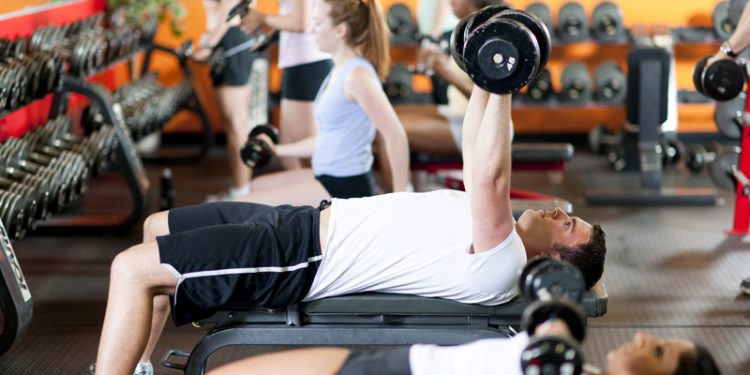A post- workout glow, a feeling of strength and happiness, those are the things you and your client's want to take away from the gym. But there may be some not so welcome fungal tag alongs. In recognition of Fungal Disease Awareness Week, this post isn’t meant to deter you from going to the gym but to offer tips on how to prevent getting some of the more common infections.
Here are three unwelcome fungi that may be hitching a ride on your workout.
Ringworm: Ok, it’s not really a worm and it’s not typically a serious condition. This moisture loving skin fungus can be spread by direct contact, and also on clothing and other surfaces - including gym equipment, towels, mats, clothing and even in your gym bag. Be sure to wipe equipment down with a disinfectant wipe, and clean your personal gear after each session- this means showering and laundry.
What it looks like: A red, flat, round sore, sometimes just the edges are red. These itchy patches can be anywhere on the body, and you can have more than just one. Treated with antifungal medications.
Athlete’s Foot: Another un-fun fungus shared among gym-goes and athletes alike, this one also thrives in moist, warm environments including locker rooms, showers and around swimming pools. Keep your feet dry and clean - and using a pair of “shower shoes” might just be that extra level of fashionable protection you need.
What it looks like: Signs vary, but if you see peeling, cracking, redness, blisters, itching or burning on your feet, you’ll probably want to have it looked at. Treatment is typically with antifungal medications.
Jock Itch: Chuckling aside, this fungus is another one that spikes during the summer season since it thrives in warm, moist areas of the body. Not quite as contagious as the others mentioned, it can still be spread via direct and indirect contact. Keeping the skin dry and clean is key.
What it looks like: A red, itchy rash in the groin or thigh area. Over-the-counter treatments are available.
There are other unwanted guests besides fungi that can also be picked up from the gym: staph infections, plantar warts, e.coli, MRSA, even topical drugs like testosterone hormone replacement. The key things to remember for prevention are to keep clean and keep a barrier between you and “it.”
Be sure to consult your health practitioner to diagnose and determine the appropriate treatment options.
If you are a fitness enthusiast with a penchant for teaching, learn how to become a personal trainer today. And take our industry-leading certification program!
References:
Fungal Diseases. (2018, Sept 20). Retrieved September 20, 2018, from https://www.cdc.gov/fungal/awareness-week.html
Fungal Infections of the Skin. (n.d.). Retrieved August 15, 2017, from https://www.webmd.com/skin-problems-and-treatments/guide/fungal-infections-skin#3-19
















